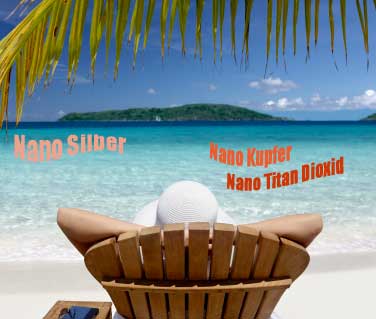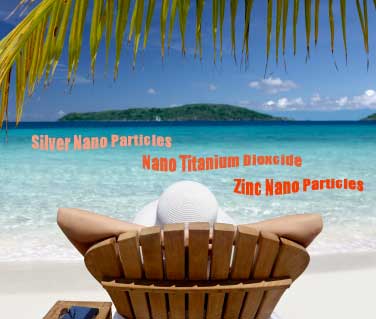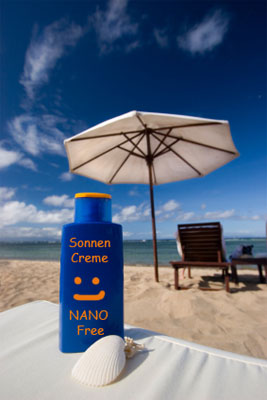Schadstoffe in meiner Nachbarschaft – Neues Register gibt schnelle Auskunft

Wie viel Kohlendioxid bläst der Industriebetrieb in der Nachbarschaft in die Luft?
Welche Schwermetalle leitet er in Flüsse ein?
Und in welche Länder exportiert der Betrieb seine Abfälle?
Wer aus privatem oder beruflichem Interesse Informationen über Freisetzungen von Schadstoffen sucht, findet diese ab sofort im neuen Schadstoffregister PRTRDeutschland (Pollutant Release and Transfer Register). Der Zugriff erfolgt online unter www.prtr.bund.de und ist für alle Nutzerinnen und Nutzer völlig kostenlos.
Kostenloses Schadstoff-Informations-Portal online
Der parlamentarische Staatssekretär im Bundesumweltministerium (BMU), Michael Müller, schaltete das neue Umweltinformationsportal am 3. Juni in Berlin frei: „Das neue PRTR-Portal wird einen bedeutenden Beitrag zu mehr Transparenz bei Umweltinformationen für die Öffentlichkeit schaffen. Nie war der Blick hinter die Werkstore bequemer als heute.“ Dr. Thomas Holzmann, Vizepräsident des Umweltbundesamtes (UBA) sagte: „Bürgerinnen und Bürger können mit wenigen Mausklicks kostenlos und uneingeschränkt Informationen zu Schadstofffreisetzungen und Abfällen aus großen Industriebetrieben erhalten. Ab Ende September sind mit der Eröffnung der EU Register dann auch endlich internationale Vergleiche von Maßnahmen zu Emissionsminderung möglich.“ Der Beauftrage der Bundesregierung für Informationstechnik und Staatssekretär im Bundesministerium des Innern, Dr. Hans-Bernhard Beus, lobte das elektronische PRTR als eines der erfolgreichsten E-Government 2.0 Projekte im Handlungsfeld Prozessketten: „Die frühe Einbeziehung der Wirtschaft und die konsequente Umsetzung von Anforderungen an die Datensicherheit sind nur zwei Aspekte, die das elektronische PRTR umsetzt. Das PRTR gehört seit 2008 zu den Leuchtturm-Projekten der neuen IT-Strategie der Bundesregierung und wird durch das BMI bzw. die Bundesregierung auch finanziell gefördert.“
Über 4000 Unternehmen müssen Schadstoffdaten offenlegen
Für das neue Schadstofffreisetzungs- und -verbringungsregister PRTR berichten über 4.000 Unternehmen ab sofort jährlich ihre Daten zu Schadstoffemissionen in Luft, Wasser und Boden sowie über den Verbleib des Abfalls und des Abwassers. Verpflichtet dazu sind große Industriebetriebe und andere Organisationen, etwa aus der Energiewirtschaft, der chemischen Industrie, aber auch die Intensivtierhaltungen und große Kläranlagen. Die berichtspflichtigen Unternehmen übermitteln jährlich ihre Daten online in der neuen Erfassungssoftware BUBEOnline (Betriebliche Umweltdatenberichterstattung) an die zuständigen Behörden. Die Länder prüfen diese Daten, leiten sie an das UBA weiter, das die Informationen aufbereitet und in der neuen Internetplattform www.prtr.bund.de aktualisiert.
Transparenz dank EU-Verordnung
Der Aufbau und Betrieb des Schadstoffregisters basiert auf einem internationalen Abkommen der UN-Wirtschaftskommission für Europa (UN-ECE), das Deutschland und 35 weiteren Staaten unterzeichnet haben, sowie der EU-Verordnung über die Schaffung eines Europäischen Schadstofffreisetzungs- und -verbringungsregisters (E-PRTR-Verordnung) vom 18. Januar 2006. Deutschland hat diese Verordnung mit dem Gesetz zur Ausführung des Protokolls über Schadstofffreisetzungs- und -verbringungsregister vom 21. Mai 2003 sowie zur Durchführung der Verordnung (EG) Nr. 166/2006 (SchadRegProtAG) am 6. Juni 2007 in nationales Recht umgesetzt. Weitere Informationen unter www.prtr.bund.de
Referenz:
Umweltbundesamt, Schadstoffe in meiner Nachbarschaft – Neues Register gibt Bürgerinnen und Bürgern schnelle Auskunft
Presseinformation Nr. 31/2009, Gemeinsame Presseinformation mit dem Bundesumweltministerium, Dessau-Roßlau, 03.06.2009

 Researchers at the Johns Hopkins University School of Medicine have found that a chemical commonly used in the production of such medical plastic devices as intravenous (IV) bags and catheters can impair heart function in rats. Reporting online this week in the American Journal of Physiology, these new findings suggest a possible new reason for some of the common side effects – loss of taste, short term memory loss–of medical procedures that require blood to be circulated through plastic tubing outside the body, such as heart bypass surgery or kidney dialysis. These new findings also have strong implications for the future of medical plastics manufacturing.
Researchers at the Johns Hopkins University School of Medicine have found that a chemical commonly used in the production of such medical plastic devices as intravenous (IV) bags and catheters can impair heart function in rats. Reporting online this week in the American Journal of Physiology, these new findings suggest a possible new reason for some of the common side effects – loss of taste, short term memory loss–of medical procedures that require blood to be circulated through plastic tubing outside the body, such as heart bypass surgery or kidney dialysis. These new findings also have strong implications for the future of medical plastics manufacturing.






